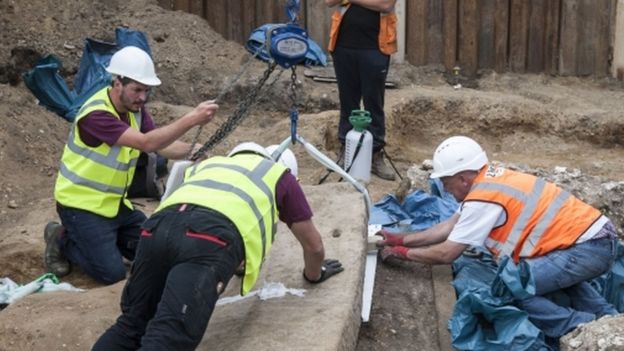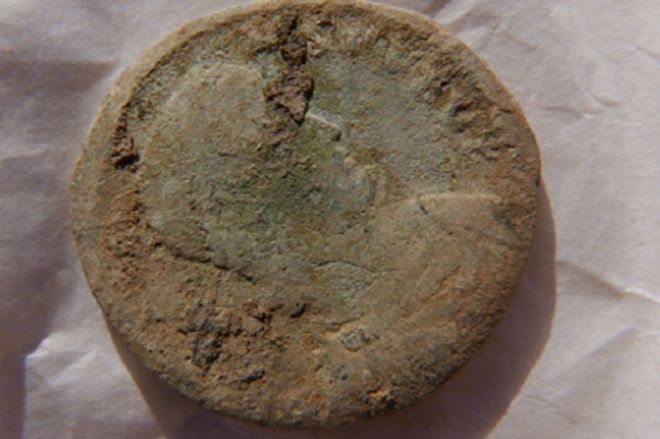Malaria was already widespread on Sardinia by the Roman period, long before the Middle Ages, as indicated by research at the Institute of Evolutionary Medicine of the University of Zurich with the help of a Roman who died 2,000 years ago.
Even today, Malaria is one of the greatest medical challenges worldwide, killing hundreds of thousands of people every year. In the past, people have adapted to the threat of malaria in various ways. These methods range from interventions in the environment like draining swamps, to genetic adaptations in the human body.
Read the rest of this article...




